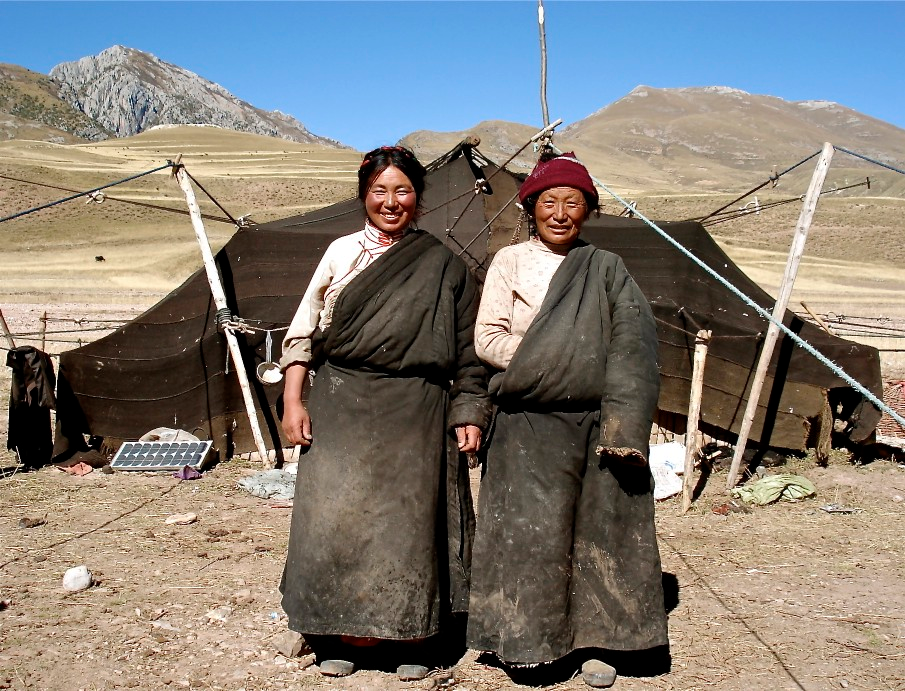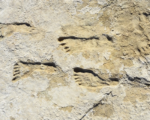How Tibetan Women Thrive in Extreme High Altitude Conditions

Tibetan Women’s Remarkable Adaptations to Life at High Altitude
For millennia, Tibetan women have made the inhospitable Tibetan Plateau their home, adapting to the challenges posed by its extreme altitude, where oxygen levels are significantly reduced. A recent study from Case Western Reserve University, spearheaded by Professor Cynthia Beall, sheds light on the remarkable physiological adaptations these women have developed to thrive in an environment that would be detrimental to most people. The research indicates that their bodies have evolved to enhance oxygen delivery and utilization, key factors that support survival and reproduction at altitudes that soar above 14,000 feet.
Surviving in such thin air is no small feat. Oxygen scarcity can lead to serious health complications, yet Tibetan women have demonstrated a unique resilience. Their ability to not only endure but to flourish in these challenging conditions has allowed them to build vibrant communities and raise families for over 10,000 years. Beall’s study, published in the Proceedings of the National Academy of Sciences, reveals that the physiological traits of these women play a critical role in their adaptation. By investigating how their bodies manage oxygen intake, the research provides insights into the interplay between environment and human physiology.
Central to the findings is the understanding of how oxygen saturation levels impact reproductive success among these women. Beall’s research team conducted detailed examinations of 417 women aged 46 to 86 living in Upper Mustang, Nepal. The results indicated that those with higher oxygen saturation levels were more likely to have children, suggesting a direct link between oxygen availability and reproductive health. The key to their success appears to lie in the regulation of hemoglobin levels, allowing for efficient oxygen transport without the adverse effects of blood thickening, which can strain the cardiovascular system.
The implications of this research extend beyond understanding the Tibetan Plateau’s inhabitants. It offers valuable insights into human adaptation to extreme environments, which can inform medical and scientific communities as they explore how people living at lower altitudes might cope with similar challenges, such as those faced in high-altitude mountaineering or living in other hypoxic environments. By studying the unique adaptations of Tibetan women, we gain a deeper appreciation for human resilience and the intricate ways our bodies can evolve in response to the challenges of our surroundings.





















